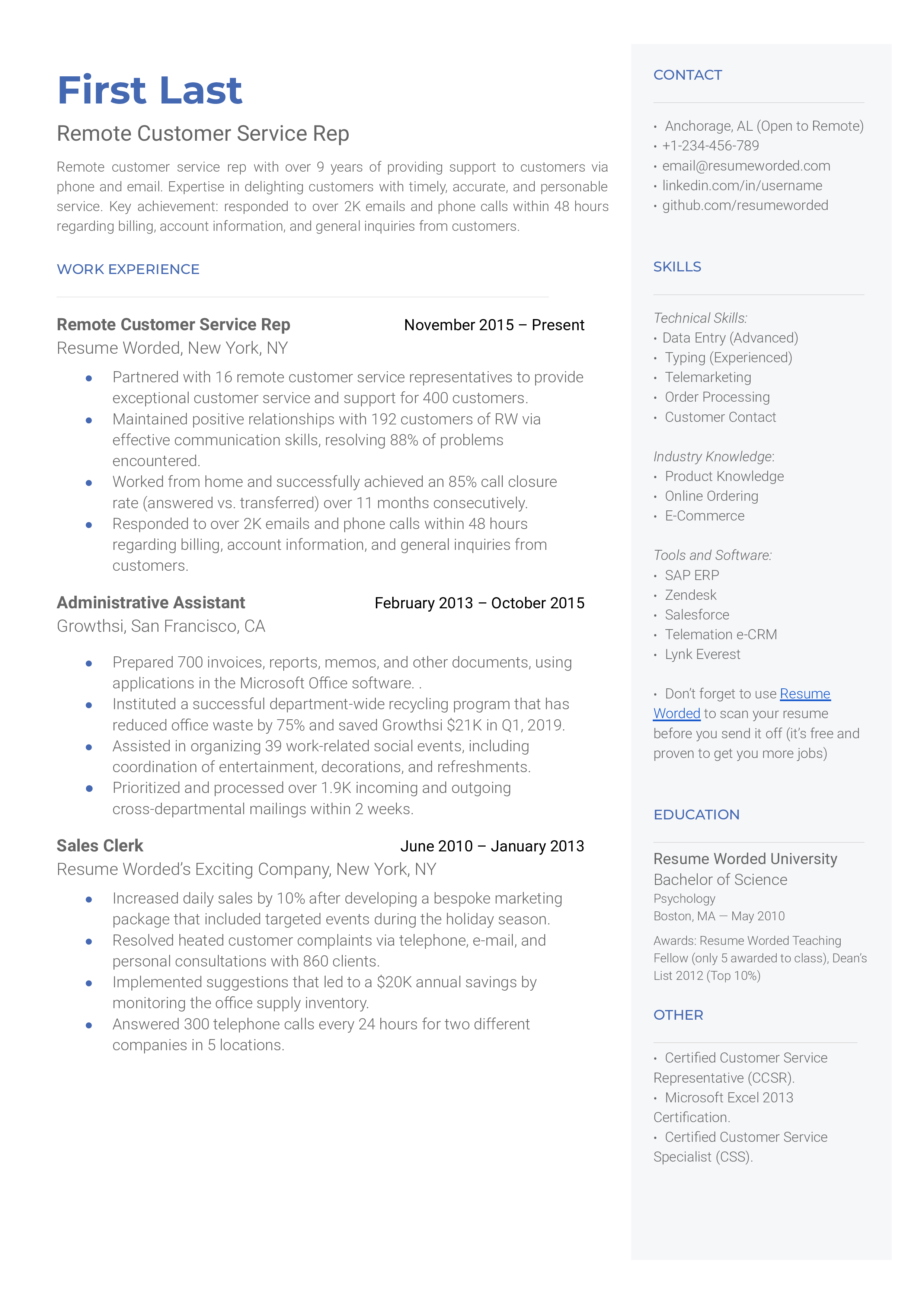Comprehensive Guide To RemoteIoT Batch Job Example On AWS
RemoteIoT batch job processing on AWS has become a pivotal solution for businesses aiming to streamline their data management and automation processes. With the rise of remote technologies and IoT devices, leveraging AWS for batch job execution offers scalability, efficiency, and cost-effectiveness. In this article, we will delve into the nuances of RemoteIoT batch jobs and how AWS facilitates seamless implementation.
As more organizations adopt IoT technologies, the need for efficient data processing becomes increasingly critical. Batch jobs play a significant role in handling large datasets, ensuring that operations are performed in an organized and timely manner. AWS provides robust tools and services to manage these tasks effectively.
This article aims to provide a detailed exploration of RemoteIoT batch job examples on AWS, offering practical insights and actionable advice. Whether you're a developer, IT professional, or decision-maker, this guide will equip you with the knowledge to implement and optimize batch processing solutions.
Read also:New Bethel Baptist Church
Table of Contents
- Introduction to RemoteIoT Batch Jobs
- Benefits of Using AWS for RemoteIoT Batch Jobs
- RemoteIoT Batch Job Architecture on AWS
- Setting Up RemoteIoT Batch Jobs on AWS
- RemoteIoT Batch Job Examples
- Optimizing Batch Jobs on AWS
- Security Considerations for RemoteIoT Batch Jobs
- Cost Management for Batch Jobs on AWS
- Troubleshooting Common Issues
- Future Trends in RemoteIoT Batch Processing
Introduction to RemoteIoT Batch Jobs
RemoteIoT batch jobs refer to the automated processing of large datasets generated by IoT devices. These jobs are executed periodically to handle tasks such as data aggregation, analysis, and transformation. AWS offers a comprehensive suite of tools to facilitate these processes, ensuring that businesses can scale their operations efficiently.
Key Features of RemoteIoT Batch Jobs
- Scalability: AWS services like AWS Batch and AWS Lambda allow for seamless scaling based on workload demands.
- Automation: Batch jobs can be scheduled and automated, reducing manual intervention and minimizing errors.
- Integration: AWS provides seamless integration with IoT platforms, enabling end-to-end data processing pipelines.
By leveraging AWS for RemoteIoT batch jobs, organizations can enhance their operational efficiency and gain valuable insights from their IoT data.
Benefits of Using AWS for RemoteIoT Batch Jobs
AWS offers numerous advantages for executing RemoteIoT batch jobs, making it a preferred choice for businesses of all sizes. Below are some key benefits:
- Scalability: AWS services are designed to scale automatically, ensuring that batch jobs can handle increasing data volumes without performance degradation.
- Cost-Effectiveness: With AWS's pay-as-you-go model, organizations only pay for the resources they use, optimizing costs.
- Reliability: AWS's infrastructure ensures high availability and fault tolerance, minimizing downtime and data loss.
These benefits make AWS an ideal platform for RemoteIoT batch job execution, enabling businesses to focus on innovation rather than infrastructure management.
RemoteIoT Batch Job Architecture on AWS
Designing an effective architecture for RemoteIoT batch jobs on AWS involves selecting the right services and tools. Below is a high-level overview of the architecture:
Read also:Red Flag Locust Street St Louis Mo
Key Components
- AWS IoT Core: Handles device communication and data ingestion.
- AWS Batch: Manages batch job execution and resource allocation.
- Amazon S3: Stores raw and processed data securely.
- AWS Lambda: Executes lightweight functions for data transformation and analysis.
By integrating these components, businesses can create a robust architecture that supports their RemoteIoT batch processing needs.
Setting Up RemoteIoT Batch Jobs on AWS
Setting up RemoteIoT batch jobs on AWS involves several steps, from configuring IoT devices to deploying batch processing pipelines. Below is a step-by-step guide:
Step 1: Configure IoT Devices
Ensure that IoT devices are properly configured to send data to AWS IoT Core. This includes setting up security credentials and defining data streams.
Step 2: Create Batch Job Definitions
Define the parameters and requirements for your batch jobs using AWS Batch. Specify the compute resources, container images, and job dependencies.
Step 3: Deploy and Test
Deploy the batch job pipeline and test it thoroughly to ensure that it meets performance and accuracy standards. Use AWS CloudWatch for monitoring and debugging.
RemoteIoT Batch Job Examples
Here are some practical examples of RemoteIoT batch jobs on AWS:
Example 1: Data Aggregation
This batch job aggregates data from multiple IoT devices and stores it in Amazon S3 for further analysis. It uses AWS Lambda for data transformation and AWS Batch for execution.
Example 2: Predictive Maintenance
This batch job analyzes sensor data from industrial IoT devices to predict potential failures. It leverages AWS Machine Learning services for advanced analytics.
Example 3: Energy Consumption Analysis
This batch job processes energy consumption data from smart meters to generate insights for utility companies. It utilizes AWS Athena for querying and AWS QuickSight for visualization.
Optimizing Batch Jobs on AWS
To maximize the efficiency of RemoteIoT batch jobs on AWS, consider the following optimization strategies:
- Resource Allocation: Optimize compute resources to match workload demands, reducing costs and improving performance.
- Parallel Processing: Divide large datasets into smaller chunks and process them in parallel to speed up execution.
- Monitoring and Logging: Use AWS CloudWatch and AWS X-Ray to monitor job performance and identify bottlenecks.
Implementing these strategies can significantly enhance the effectiveness of your batch processing workflows.
Security Considerations for RemoteIoT Batch Jobs
Security is a critical aspect of RemoteIoT batch job implementation on AWS. Below are some best practices to ensure data protection:
- Encryption: Encrypt data at rest and in transit using AWS Key Management Service (KMS).
- Access Control: Implement strict access control policies using AWS Identity and Access Management (IAM).
- Compliance: Ensure that your batch job architecture complies with industry standards and regulations.
By adhering to these security practices, businesses can safeguard their IoT data and maintain trust with stakeholders.
Cost Management for Batch Jobs on AWS
Managing costs is essential for sustainable RemoteIoT batch job operations on AWS. Below are some tips for cost optimization:
- Right-Sizing Resources: Choose the appropriate instance types and sizes to match workload requirements.
- Reserved Instances: Utilize AWS Reserved Instances for predictable workloads to reduce costs.
- Cost Monitoring: Use AWS Cost Explorer to track and analyze spending patterns.
By adopting these cost management strategies, organizations can achieve financial efficiency without compromising performance.
Troubleshooting Common Issues
Despite careful planning, issues may arise during RemoteIoT batch job execution. Below are some common problems and their solutions:
- Job Failures: Check AWS CloudWatch logs for error messages and reconfigure job definitions as needed.
- Performance Bottlenecks: Optimize resource allocation and parallel processing to improve job execution speed.
- Security Vulnerabilities: Regularly audit security settings and update policies to address potential threats.
Addressing these issues promptly ensures smooth and reliable batch job operations.
Future Trends in RemoteIoT Batch Processing
The future of RemoteIoT batch processing on AWS looks promising, with advancements in technology driving innovation. Below are some emerging trends:
- Edge Computing: Combining edge computing with cloud-based batch processing for faster data handling.
- AI and ML Integration: Leveraging artificial intelligence and machine learning for advanced analytics and automation.
- Sustainability: Focusing on energy-efficient solutions to reduce the carbon footprint of batch processing operations.
Staying informed about these trends will help businesses remain competitive and future-proof their RemoteIoT batch processing strategies.
Conclusion
In conclusion, RemoteIoT batch job processing on AWS offers a powerful solution for businesses seeking to optimize their data management and automation processes. By understanding the architecture, setup, and optimization techniques discussed in this article, you can effectively implement and manage batch jobs on AWS.
We encourage you to share your thoughts and experiences in the comments section below. Additionally, feel free to explore other articles on our website for more insights into AWS and IoT technologies. Together, let's drive innovation and efficiency in the world of remote IoT processing!
Wasmo Somali Channel Link: Your Ultimate Guide To Accessing Somali Entertainment
Who Is Jay Ma: The International Student Who Took Instagram By Storm
Wasmo Telegram Link: The Ultimate Guide To Exploring Wasmo's Exclusive Content

RemoteIoT Batch Job Example A Comprehensive Guide To Remote Management

RemoteIoT Batch Job Example A Comprehensive Guide To Remote Management

Remote Job Resume Example EPAM Anywhere